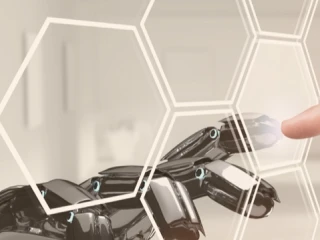
How Bekaert and robots (RPA) procure better together
- discrete manufacturing
- SAP
- artificial intelligence
A world leader in steel wire transformation and coating technologies, Belgian company Bekaert works with numerous suppliers around the globe. Every year, no fewer than 3,500 supplier contracts need renewal – a process that entails heavy administrative and preparation work. That is about to change, as Bekaert is currently exploring how robotic process automation (RPA) can handle routine tasks in contract lifecycle management and sourcing.